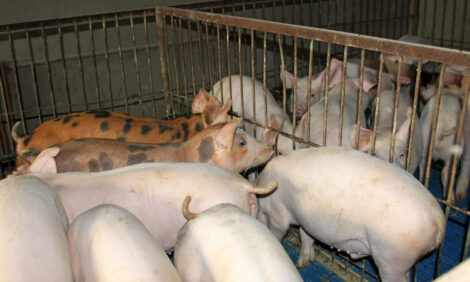



Average Litter Birth Weight Impacts Growth Performance
CANADA - Research conducted by the University of Alberta has shown the average birth weight of litters of pigs has a much greater impact on post natal growth performance and carcass quality than does litter size, writes Bruce Cochrane.Research conducted by the University of Alberta has shown the average birth weight of litters of pigs has a much greater impact on post natal growth performance and carcass quality than does litter size.
Over the past 20 years the number of pigs born in the litter has increased by two to three pigs but the number of pigs born alive has not changed to the same extent.
As part of research being conducted on behalf of Swine Innovation Porc the University of Alberta looked at the effect of average litter birthweight on survivability and growth performance.
Miranda Smit, a graduate student working under the supervision of Dr. George Foxcroft, observes when litter size increases the average birth weight of those litters increases but within the same litter size, there is a big difference in average litter birth weights.
Miranda Smit - University of Alberta
In my research, I looked at litters between nine and 16 pigs born in total and within those litter sizes I categorised litters as either being low-, medium- or high-birthweights.
The average birth weight of the low birth weight group was 1.12kg versus the litters in the high birth weight group, which weighed on average 1.79kg.
What we were seeing was that in the low birth weight group the pre-weaning mortality was a lot higher than in the high birth weight group.
The pre-weaning mortality of those low birth weight litters was 16.5 per cent versus only 6.5 per cent in the high birthweight group.
What we believe is that the low birthweights is due to very high ovulation rates followed by high embryonic survival up to day 30 of gestation.
Ms Smit says after day 30 those extra embryos die but those that remain will end up with lower organ weights and less muscle fibres lowering their post-natal grow performance.







